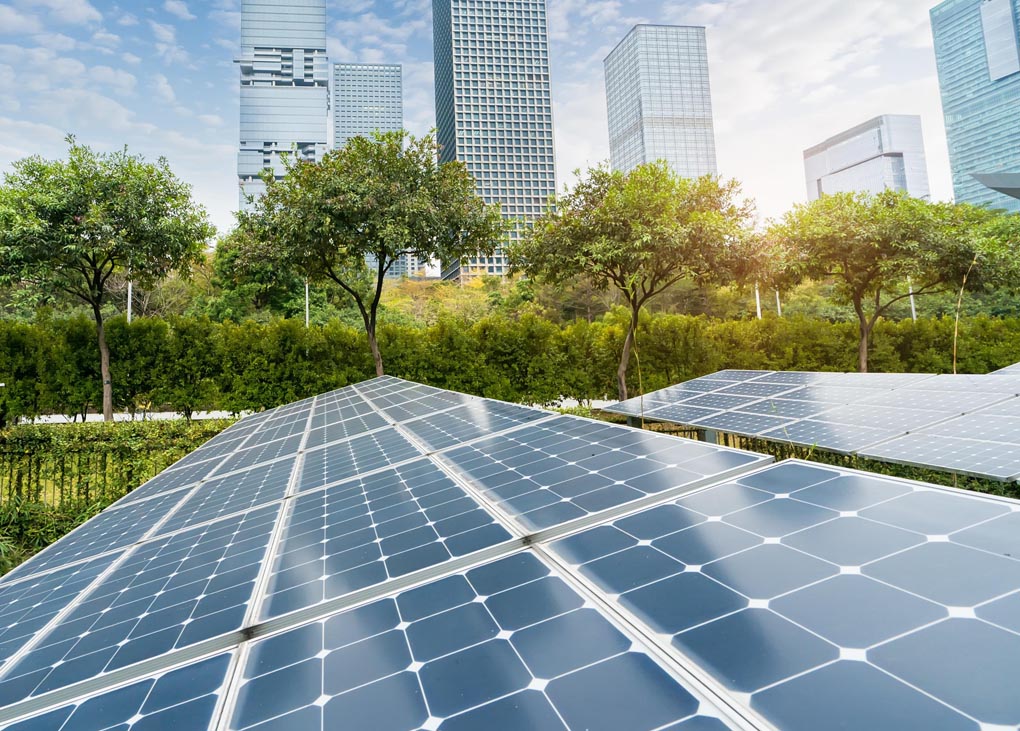A new report from the Australian Sustainable Built Environment Council (ASBEC) confirms 100 per cent electrification is the lowest cost, fastest emissions reduction pathway for Australia’s built environment.
Unlocking the pathway: Why electrification is the key to net zero buildings finds electrification would save $49 billion between 2024 and 2050 over the “business as usual” strategy of electrification, gas and offsets. It would also save 199Mt CO2e before offsets.
ASBEC’s report, an output of the Rapid and Least Cost Decarbonisation of the Built Environment project, is backed by a building-level technical report by DeltaQ and modelling of least-cost decarbonisation options by SPR.
SPR modelled three “plausible but divergent” decarbonisation scenarios: 100 per cent electrification; a combination of electrification and green hydrogen; and a “base case”, representing “business as usual” of electrification, fossil gas, green hydrogen and carbon offsets.
“The built environment has the technology to decarbonise now, but we must transition the Australian economy at the least cost,” says Ken Morrison, Chair of ASBEC’s Net Zero Buildings Task Group and Chief Executive of the Property Council of Australia.
“This report finds 100 per cent electrification is the lowest cost option to decarbonise our built environment, but lowest cost does not mean no cost. Our detailed analysis by building type, geography and life-cycle reveals that electrification, while necessary, is not always cost-beneficial. Failing to acknowledge and address these costs will significantly impede the transition to net zero building operations.”
Speaking at the launch of the report, ASBEC Executive Director Alison Scotland acknowledged the elevated commitment from Australian governments to act.
“Australia is now taking strong action on climate change, with a national emissions abatement target of 43 per cent below 2005 levels by 2030 and a net zero target by 2050. Australia now has a roadmap to deliver cleaner, more affordable energy to households and businesses,” Scotland said.
“But as our grid decarbonises, we must turn our attention to other sources of emissions. The built environment is responsible for a quarter of Australia’s emissions. This means decarbonisation of our buildings is an essential strategy to cut emissions and strengthen Australia’s future.”
The report is available to download from the ASBEC website.
 Mark Vender
Mark Vender


Leave a Reply